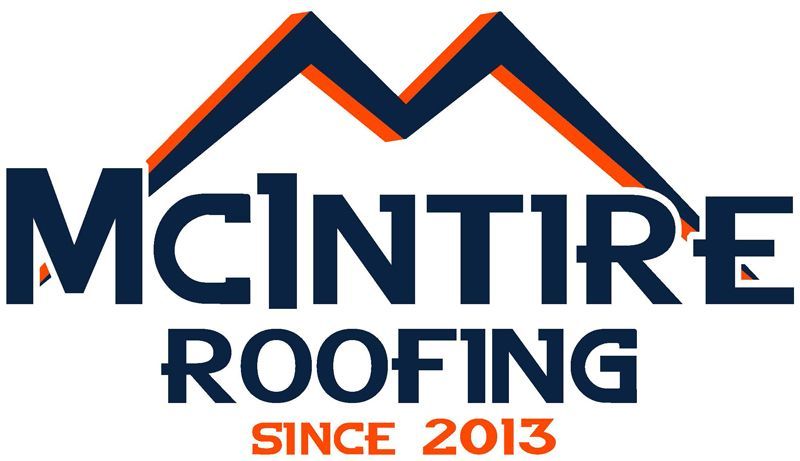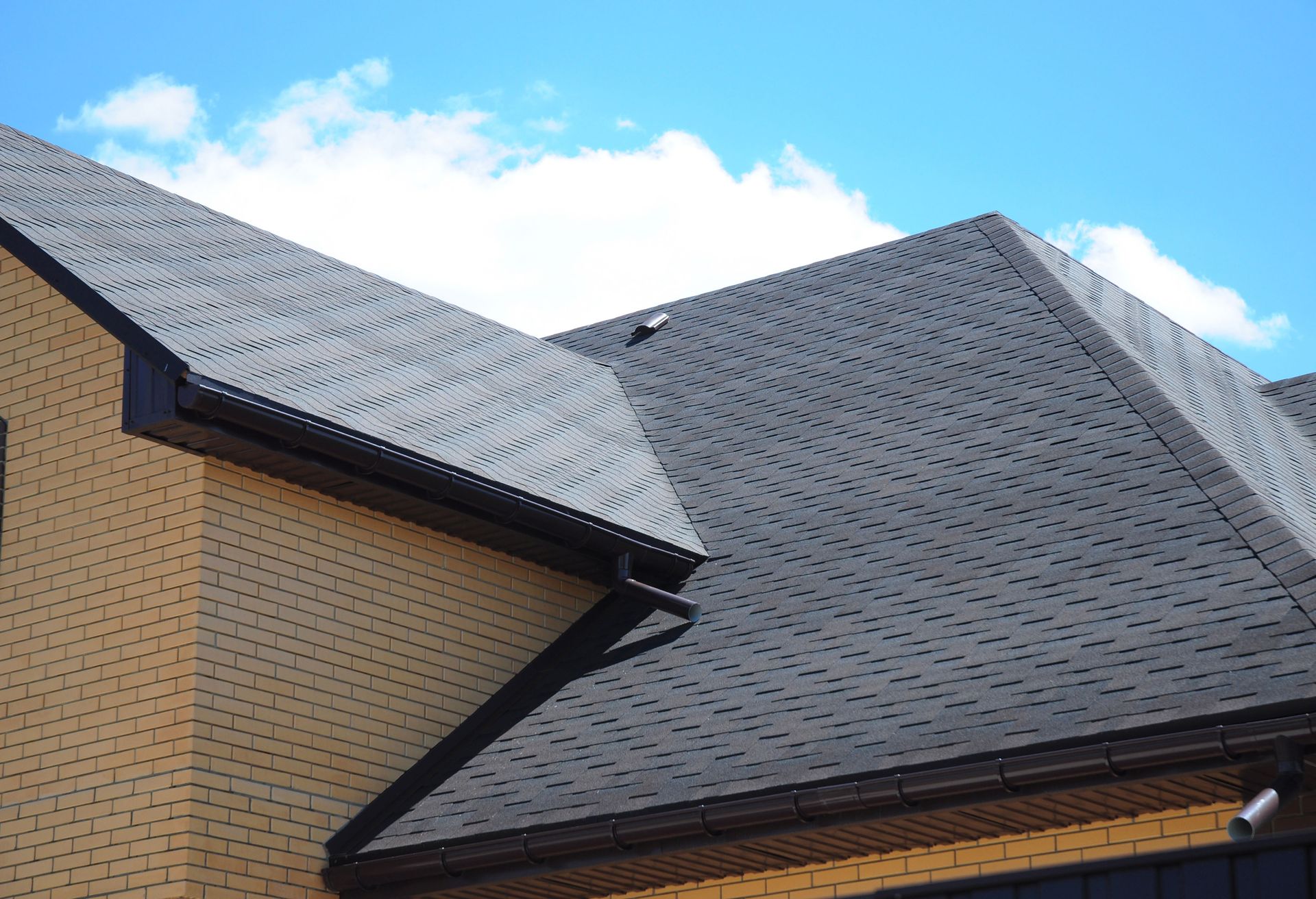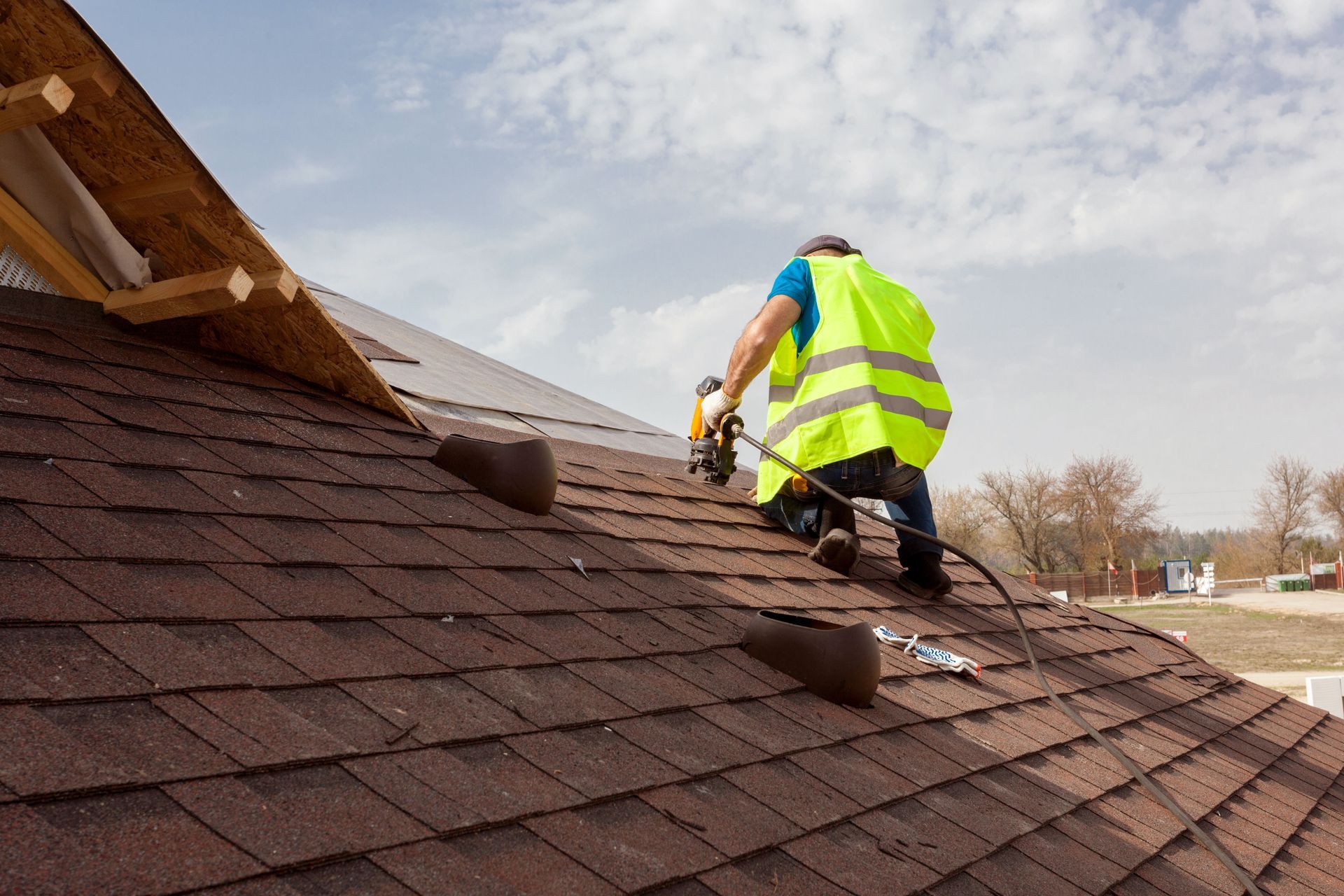What Determines How Often a Local Roofing Contractor Should Inspect a Roof?
The roof is one of the most critical components of your home. It shelters you and your family from the elements, ensuring comfort and safety. However, despite its importance, the roof often remains overlooked until a problem arises. As a homeowner, knowing when to schedule roofing inspections can prevent costly repairs down the road. But how often should a local roofing contractor inspect your roof? Let's explore the factors that influence inspection frequency and why regular assessments by a local roofing contractor are crucial.
Roof Materials
The type of material used in your roof can significantly influence how often it needs inspection. For instance, asphalt shingle roofs, while widely popular for their affordability and versatility, may require more frequent check-ups due to their susceptibility to damage from wind, weather, and temperature fluctuations. Over time, asphalt shingles can become brittle, curl, or lose granules. Regular inspections help identify these issues early, preventing minor problems from escalating into costly repairs. Understanding the specific needs of your roof’s material, such as the durability and typical lifespan of asphalt shingles, is a key component in determining inspection frequency and maintaining your roof's integrity.
Local Climate
Another key factor is the climate in which you reside. Areas prone to severe weather events, such as storms or heavy snowfalls may necessitate more frequent inspections. Extreme weather conditions can compromise the integrity of your roof, leading to leaks, structural damage, or even complete failure in severe cases. Regular inspections by a local roofing contractor can help identify and remedy storm-related damages before they exacerbate, ultimately saving you money and hassle in the long run.
Additionally, roofs exposed to high temperatures and intense sun exposure in warmer seasons are vulnerable to wear and tear caused by UV radiation. Over time, this constant exposure can weaken asphalt shingles, causing them to crack or fade. Adapting your inspection schedule to address these climate-specific challenges is crucial for maintaining your roof's longevity and performance. Frequent check-ups tailored to your local weather patterns can ensure that your roof stays in optimal condition year-round.
Frequency of Inspections
According to Architectural Digest, industry experts generally recommend that roofs be inspected once every year. This annual baseline serves as a preventive measure, allowing minor issues to be spotted and repaired before they escalate into more significant problems. If you haven't had a local roofing contractor inspect your roof in several years, now is the right time to schedule an appointment.
While many homeowners may feel equipped to conduct a visual inspection from the ground every few years or after severe weather, hiring a local roofing contractor for routine inspections provides a thorough and detailed evaluation. Contractors can spot subtle signs of damage that might be missed by the untrained eye. This includes identifying potential problem areas, assessing the effectiveness of existing repairs, and suggesting preventive measures.
The Roof's Age
The age of your roof is also an important consideration when determining inspection frequency. Older roofs, particularly those nearing the end of their expected lifespan, may need more frequent evaluations. As roofs age, they naturally succumb to wear and tear, increasing the likelihood of issues such as shingle deterioration, leaks, or insulation problems. Regular inspections by a trusted local roofing contractor can extend the life of an older roof by identifying issues early and allowing for timely intervention.
In addition to routine wear and tear, aged roofing materials may become less resistant to environmental factors, such as temperature fluctuations and precipitation. Asphalt shingles, for instance, may lose their granules over time, reducing their ability to protect against water damage and UV rays. This gradual decline makes older roofs particularly susceptible to sudden failures during severe weather events. By scheduling inspections more frequently as your roof ages, you can proactively address vulnerabilities, make targeted repairs, and even plan for a timely replacement, avoiding emergency costs and protecting your home’s structural integrity.
The consensus among experts is that homeowners should have their roofs inspected at least once a year, with additional checks after any significant weather events. While factors like climate, material type, and roof age can influence this guideline, regular inspections led by a local roofing contractor are essential for maintaining the health and longevity of your roof. By staying proactive with these inspections, you can protect your home from unforeseen damage, avoid costly repairs, and ensure that your roof continues to perform its vital role effectively for years to come. Call McIntire Roofing today to get started with a free inspection with a photo report!




Share On: